
Why Your Wall Vent Could Be Compromising Indoor Air Quality
- By:Lisa
- 2025-10-14
- 29
In modern built environments—especially in healthcare, pharmaceutical manufacturing, semiconductor cleanrooms, and biosafety labs—indoor air quality (IAQ) is a non-negotiable benchmark for operational safety, regulatory compliance, and product integrity. Yet one often-overlooked component may be silently undermining your IAQ: the wall vent.
Far from being a passive opening, a wall vent is a critical interface between your building envelope and HVAC system. Poor design, improper installation, or inadequate maintenance can turn it into a hidden source of contamination, pressure imbalance, or microbial growth. This article examines how wall vents impact air quality through five key technical dimensions—and how to fix them.
Notably, related components like return air vent covers, wall-mounted ventilation fans, and door air vent grilles play equally vital roles. Overlooking these details can cascade into systemic IAQ failures.
1.The Underestimated Impact of Wall Vents on IAQ
Indoor air quality affects more than comfort—it directly influences patient outcomes, product yield, and process reliability. According to the World Health Organization (WHO), roughly 30% of newly constructed or renovated buildings suffer from “Sick Building Syndrome” (SBS), with ventilation system flaws among the top culprits.
In controlled environments—such as ISO 14644-defined cleanrooms—airborne particle counts must remain extremely low (e.g., ISO Class 5 allows no more than 3,520 particles ≥0.5 µm per cubic meter). Here, the wall vent isn’t just an opening; it’s a functional element of your contamination control strategy.
ASHRAE field studies reveal that in 23% of cleanroom pressure failure cases, the root cause traces back to poorly sealed or mispositioned wall vents.
Moreover, ancillary components like air return grilles and grille air return assemblies—if poorly selected—can exacerbate airflow disruption. This article unpacks how wall vents degrade IAQ and offers actionable engineering solutions.
2. The Critical Role of Wall Vents in Airflow and Contamination Control
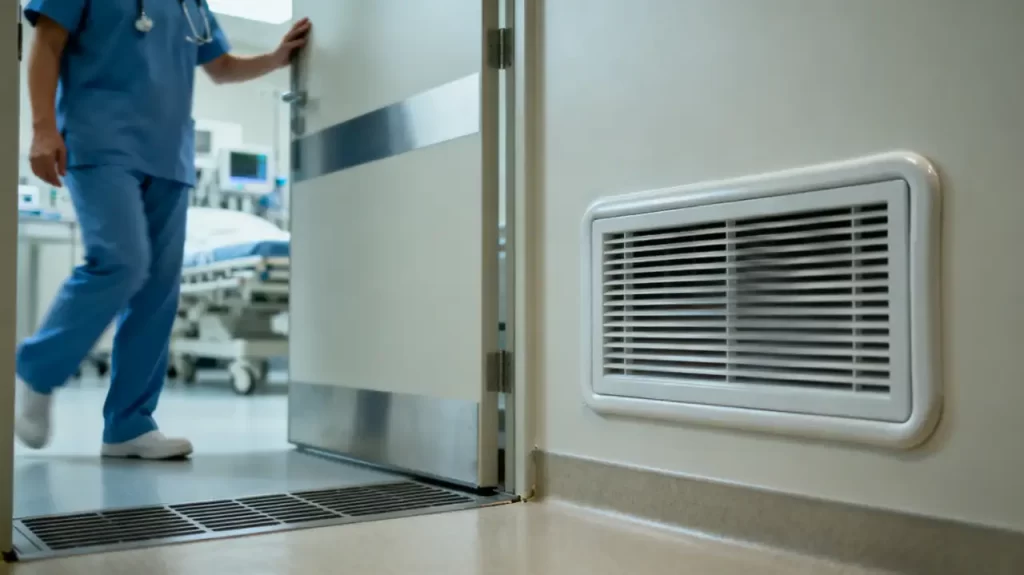
2.1 A Key Node in Return Air Pathways
In typical unidirectional or non-unidirectional cleanrooms, supply air enters through HEPA/ULPA filters, while contaminated air exits via return vents. Wall vents commonly serve this return function, directly shaping the room’s airflow pattern.
Ideally, air should flow smoothly from high-cleanliness zones (e.g., workbenches) toward lower-cleanliness areas (e.g., return vents), creating either a “piston flow” or effective dilution. If a wall vent is placed too close to a supply diffuser or tucked into a corner, airflow short-circuiting occurs—fresh air bypasses the occupied zone and returns prematurely, slashing ventilation efficiency.
In practice, engineers often pair ceiling air vents with wall vents to manage vertical stratification. Relying solely on wall returns can leave stagnant zones near the ceiling.
2.2 Enforcing Pressure Differentials
In negative-pressure isolation rooms, BSL-2/3 labs, or positive-pressure aseptic filling suites, maintaining a pressure differential (typically 5–15 Pa) between adjacent spaces is essential to prevent cross-contamination. The wall vent—as part of the return path—directly governs this balance.
Crucially, the door air vent grille (often installed beneath doors) acts as a passive pressure equalization device. If its open area is insufficient or its placement is too high, it competes with the main wall vent, starving the return system and destabilizing pressure.
Per GB 50333-2013 (China’s Technical Code for Hospital Clean Operating Departments), the static pressure difference between a clean operating room and adjacent areas must be ≥5 Pa. Leakage or damper failure in a wall vent can easily breach this threshold, risking airborne cross-contamination.
2.3 Case Study: Turbulent Flow Triggers Particle Excursions
A biopharma facility repeatedly failed ISO Class 7 validation due to elevated ≥0.5 µm particle counts. CFD modeling and smoke testing revealed the culprit: a wall vent positioned just 1.2 meters from the supply ceiling, directly facing heat-generating filling equipment. Thermal plumes disrupted laminar flow, creating recirculation zones where particles lingered three times longer than acceptable.
Notably, the vent lacked a proper return air vent cover, causing edge turbulence. After relocating the vent, adding flow straighteners, and installing low-resistance air return grilles, particle levels dropped by 62%, and validation was achieved.
3. Five Technical Reasons Wall Vents Degrade Indoor Air Quality
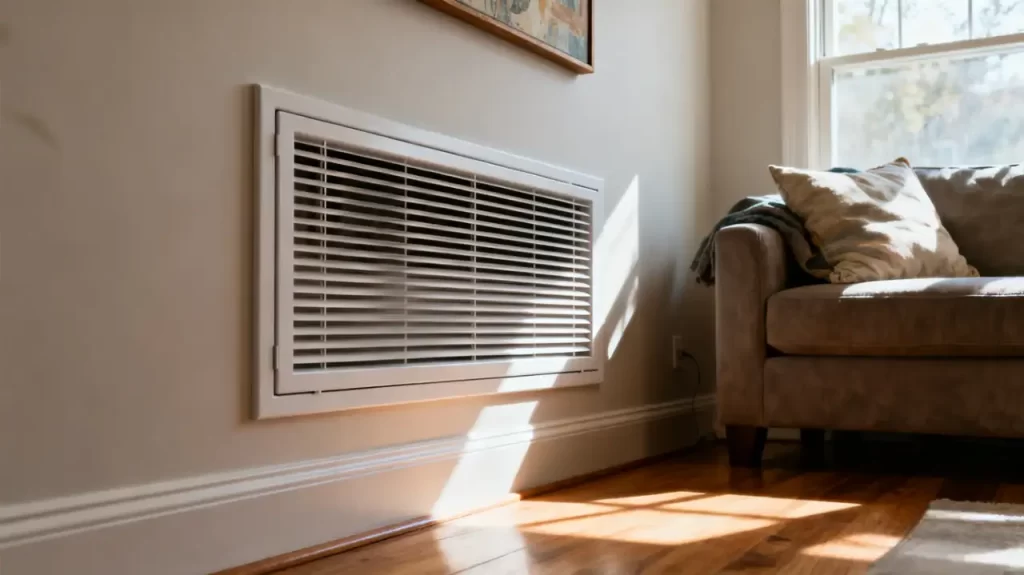
3.1 Poor Sealing and Air Leakage
3.1.1 Bypass Air Through Installation Gaps
Even a 1 mm gap between a wall vent housing and the wall can leak 0.5 L/s·m of unfiltered air under a 10 Pa pressure differential (per EN 1751 testing standards). In positive-pressure cleanrooms, this lets unfiltered outdoor air infiltrate; in negative-pressure zones (e.g., PCR labs), it risks pathogen escape.
No matter how powerful your ventilation exhaust fan is, it cannot compensate for leakage at the terminal.
3.1.2 Pressure Control Failure
ASHRAE Handbook data shows that if total return system leakage exceeds 5% of design airflow, pressure control becomes unstable. Field audits often find leakage rates of 8–12% in wall vents sealed with standard mortar—far beyond acceptable limits.
3.2 Hard-to-Clean Designs Foster Dust and Microbial Growth
Traditional protruding grilles create hygiene dead zones. In contrast, a well-designed wall mount vent fan or integrated ventilation fan wall with tool-free access enables thorough cleaning.
In environments with >60% RH, accumulated dust becomes a breeding ground for mold (e.g., Aspergillus, Penicillium). CDC studies show mold spore concentrations on vent surfaces can be 10–50× higher than ambient air.
Regular vent cover replacement and cleaning of air intake vent covers are essential preventive measures. Similarly, neglected air conditioner filter vent covers in commercial settings become reservoirs for VOCs and bioaerosols.
3.3 Poor Placement Disrupts Airflow
A wall vent near heat sources or obstructions induces thermal plumes that distort airflow. For example, a 500W device can generate an upward plume of 0.3 m/s—enough to disrupt horizontal laminar flow.
In residential contexts, a poorly placed wall mounted bathroom ventilation fan—too low or facing the shower—fails to remove moisture efficiently, promoting mold. The underlying issue is identical: compromised airflow pathways.
3.4 Inadequate Materials Lead to Corrosion and Particle Shedding
In humid or chemically aggressive environments, painted mild steel corrodes at welds or scratches. Rust particles (Fe₂O₃) shed into the airstream, jeopardizing sensitive processes.
High-purity 6063-T5 aluminum with hard-anodized finishes is preferred. Protective components like exhaust vent covers and ac return vent covers add another layer of defense. Even air conditioner vent cover ceiling units in cleanrooms must meet material purity standards.
3.5 Lack of Integration with Building Management Systems (BMS)
Modern wall vents can integrate motorized dampers linked to BMS for dynamic airflow control. Fixed grilles—like basic grille air return units—cannot adapt to changing occupancy or process loads, leading to pressure drift in critical zones like operating rooms or containment labs.
4. Industry-Specific Risks and Compliance Implications
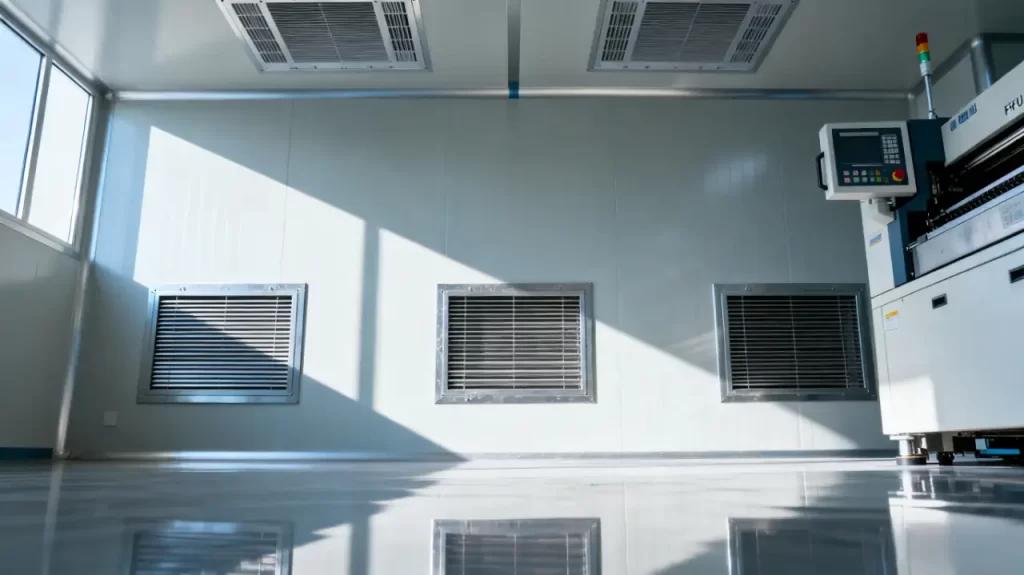
- Pharma/Biotech: A faulty return air vent cover can breach ISO Class 5 pressure requirements, triggering GMP deviations.
- Hospitals: An undersized door air vent grille compromises negative pressure in isolation rooms, violating infection control protocols.
- Residential/Commercial: Clogged air conditioner vent cover ceiling or air conditioner filter vent covers reduce HVAC efficiency and degrade IAQ.
- Electronics: Mismatched ventilation exhaust fans and wall vents can create localized positive pressure, allowing external particles into ISO Class 5 zones.
5. Best Practices for High-Performance Wall Vent Design & Maintenance
To ensure your wall vent supports—rather than sabotages—IAQ:
- Design: Use flush mount wall vents with ≥70% free area and 30°–45° blade angles.
- Materials: Specify 6063-T5 aluminum, anodized, with surface roughness Ra ≤ 0.8 µm.
- Installation: Seal with cleanroom-grade silicone; gaps ≤ 0.5 mm.
- Coordination: Model door air vent grille airflow in BIM to balance return paths.
- Maintenance:
- Inspect vent cover replacement regularly
- Clean air intake vent cover and exhaust vent cover
- Verify return air vent cover integrity and pressure drop
6. Conclusion: A Wall Vent Is Not Just a Hole—It’s a Critical IAQ Component
The wall vent is a “nerve ending” of your HVAC system—small but essential. Its performance dictates whether airflow stays orderly, pressure remains stable, and contaminants stay controlled.
In an era of tightening global standards (ISO 14644, EU GMP Annex 1, ASHRAE 170), treating wall vents as generic hardware is no longer acceptable.
Components like return air vent covers, ventilation fan wall units, air return grilles, and door air vent grilles form an integrated system. Only by optimizing them together can you achieve true air quality control—ensuring safety, compliance, and operational excellence.
In contamination control, details matter. And the wall vent? It’s one of the most consequential.
-
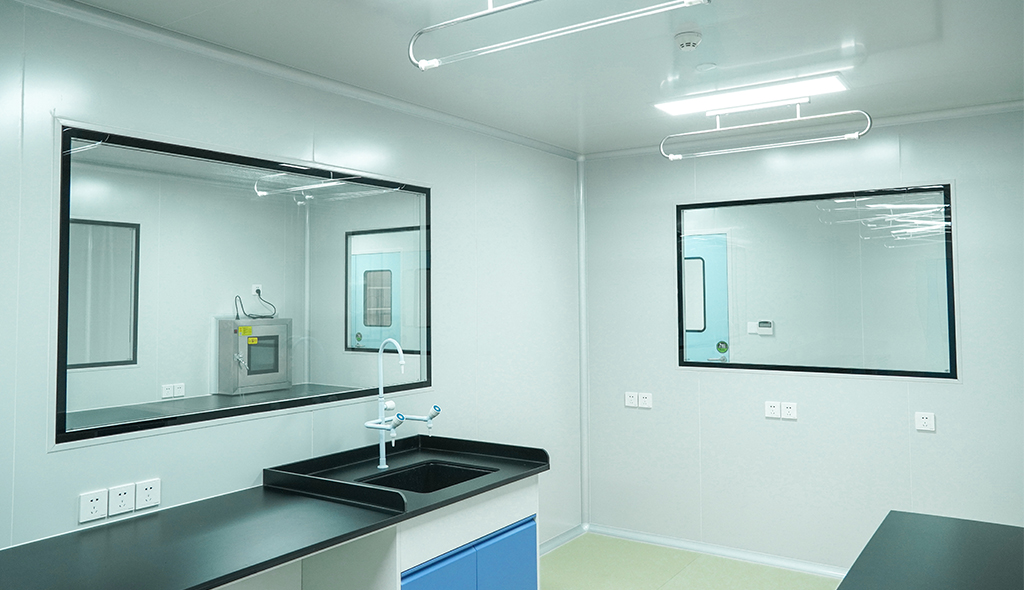 Cleanroom Glass Windows Are The Key to Maintaining a Clean Environment
Cleanroom Glass Windows Are The Key to Maintaining a Clean Environment -
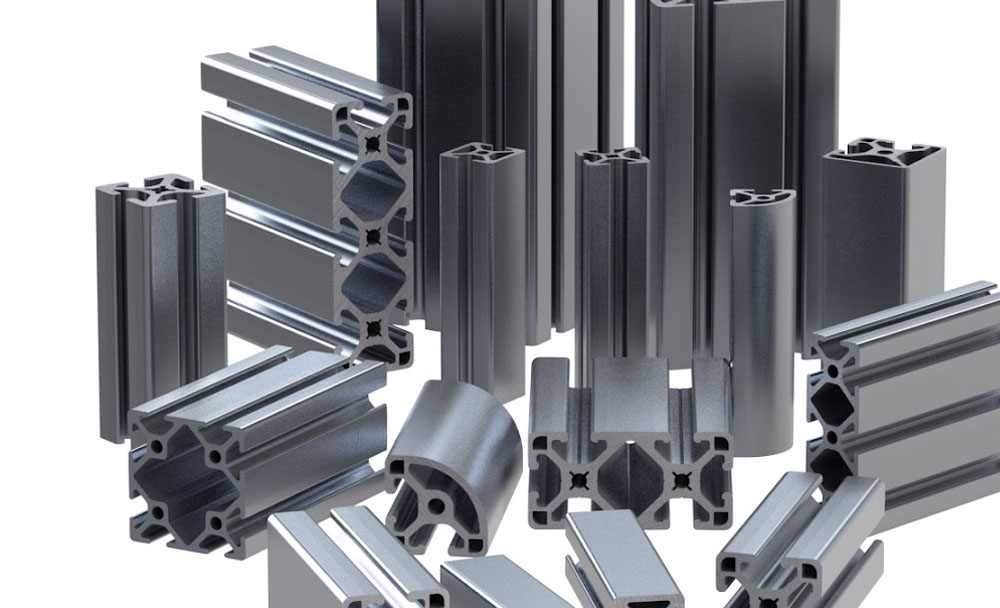 Top Aluminium Profile Manufacturers in China: Leading the Global Market
Top Aluminium Profile Manufacturers in China: Leading the Global Market -
 The Evolution of Air Tight Sliding Doors
The Evolution of Air Tight Sliding Doors -
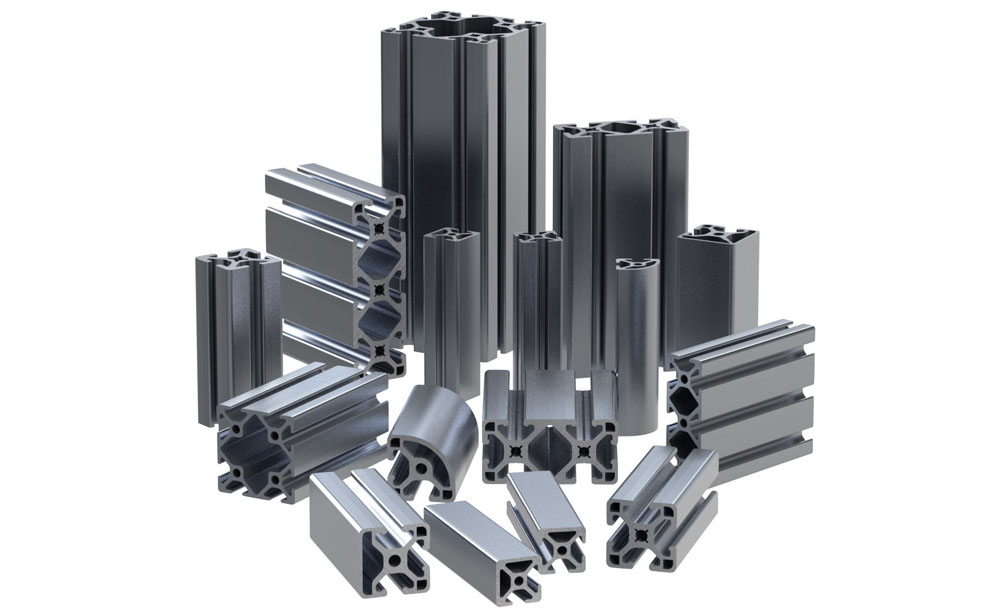 AHU Aluminium Profile: A Comprehensive Guide
AHU Aluminium Profile: A Comprehensive Guide -
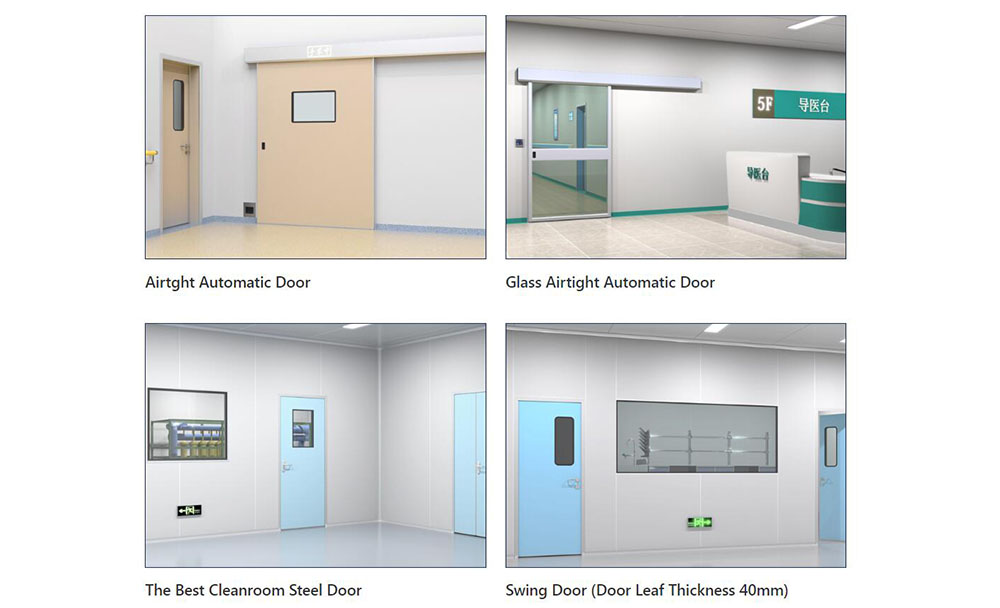 The Importance of Choosing the Right Cleanroom Door in Vietnam
The Importance of Choosing the Right Cleanroom Door in Vietnam -
 The Benefits of Hospital Automatic Doors: Enhancing Efficiency and Safety
The Benefits of Hospital Automatic Doors: Enhancing Efficiency and Safety -
.jpg) The Best Bathroom Door Manufacturers - Unlocking Endless Possibilities!
The Best Bathroom Door Manufacturers - Unlocking Endless Possibilities! -
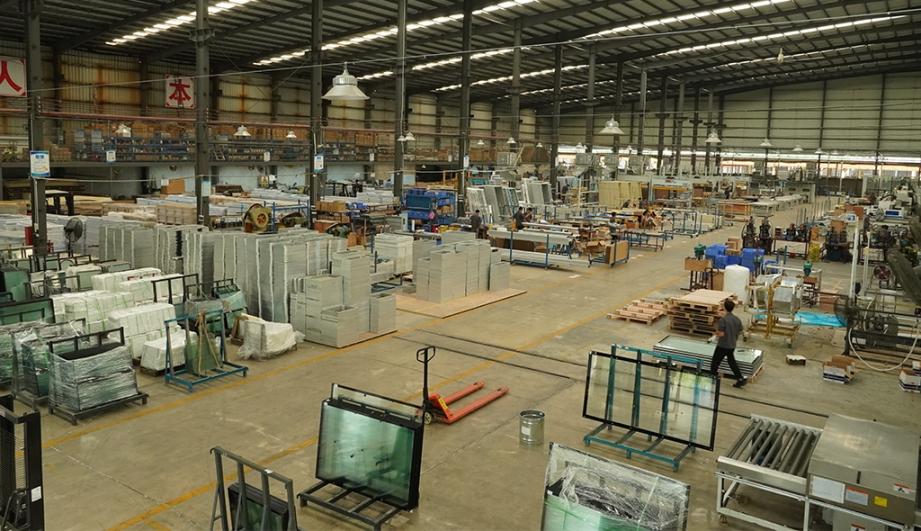 Unlock the Possibilities with AJ Manufacturing Doors
Unlock the Possibilities with AJ Manufacturing Doors -
 Make a Statement with Manufactured Home Interior Doors!
Make a Statement with Manufactured Home Interior Doors! -
 what is aluminum profile? Aluminum Profiles for Your Home is the best option
what is aluminum profile? Aluminum Profiles for Your Home is the best option
-
 How to Extend the Life of Your Exterior Steel Door
How to Extend the Life of Your Exterior Steel Door -
 What Are the Best Materials for AC Vent Covers
What Are the Best Materials for AC Vent Covers -
 Ceiling Vent Covers Labeled Fire-Rated? Here’s How to Verify
Ceiling Vent Covers Labeled Fire-Rated? Here’s How to Verify -
 Upgrading Lab Doors: When to Replace vs. When to Retrofit?
Upgrading Lab Doors: When to Replace vs. When to Retrofit? -
 Stainless Steel Door vs. Alternatives in Cleanrooms
Stainless Steel Door vs. Alternatives in Cleanrooms -
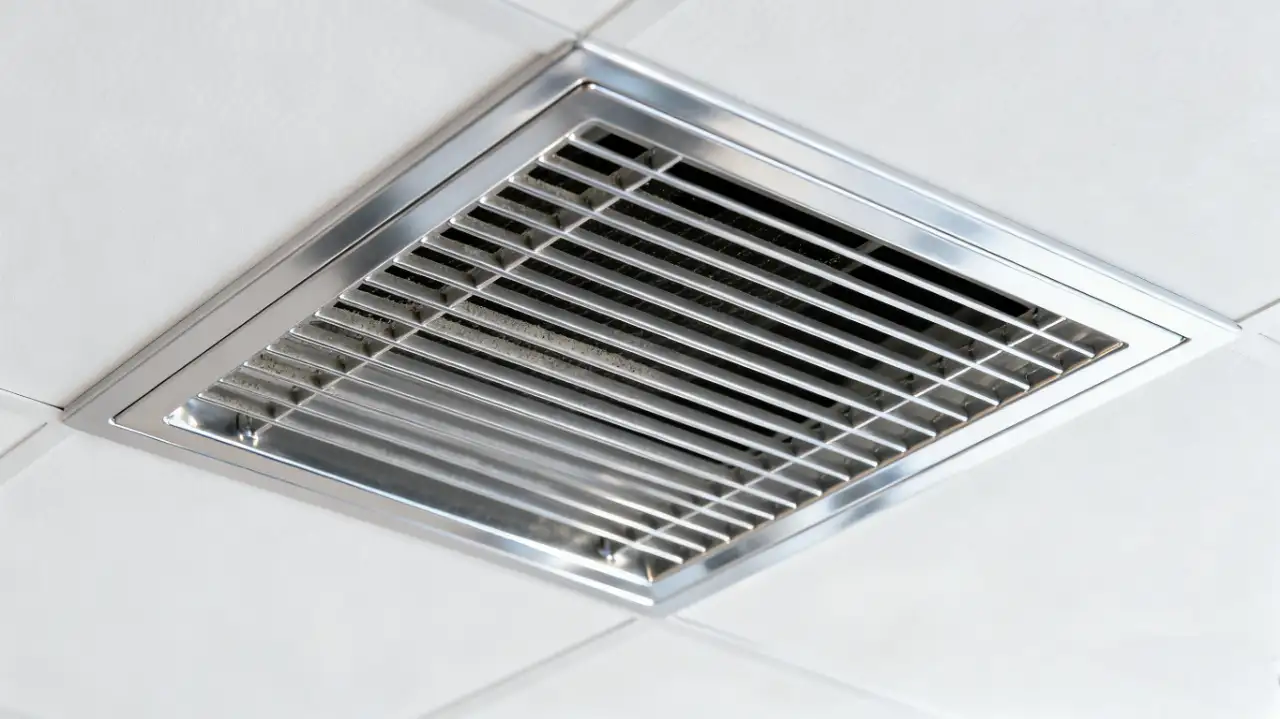 Ceiling Vent Care Tips to Boost HVAC Efficiency Year Round
Ceiling Vent Care Tips to Boost HVAC Efficiency Year Round -
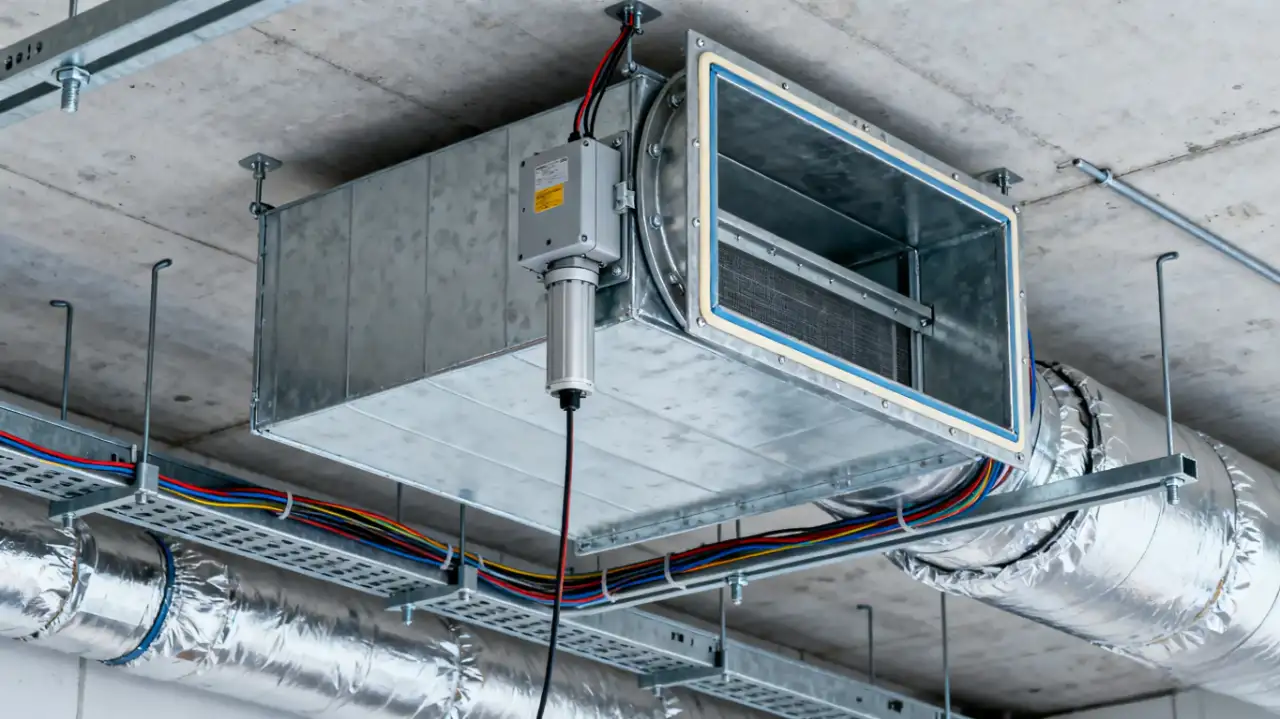 How Air Dampers Drive Efficiency in High Performance Buildings
How Air Dampers Drive Efficiency in High Performance Buildings -
 Why Semiconductor Manufacturing Can’t Function Without Cleanrooms
Why Semiconductor Manufacturing Can’t Function Without Cleanrooms -
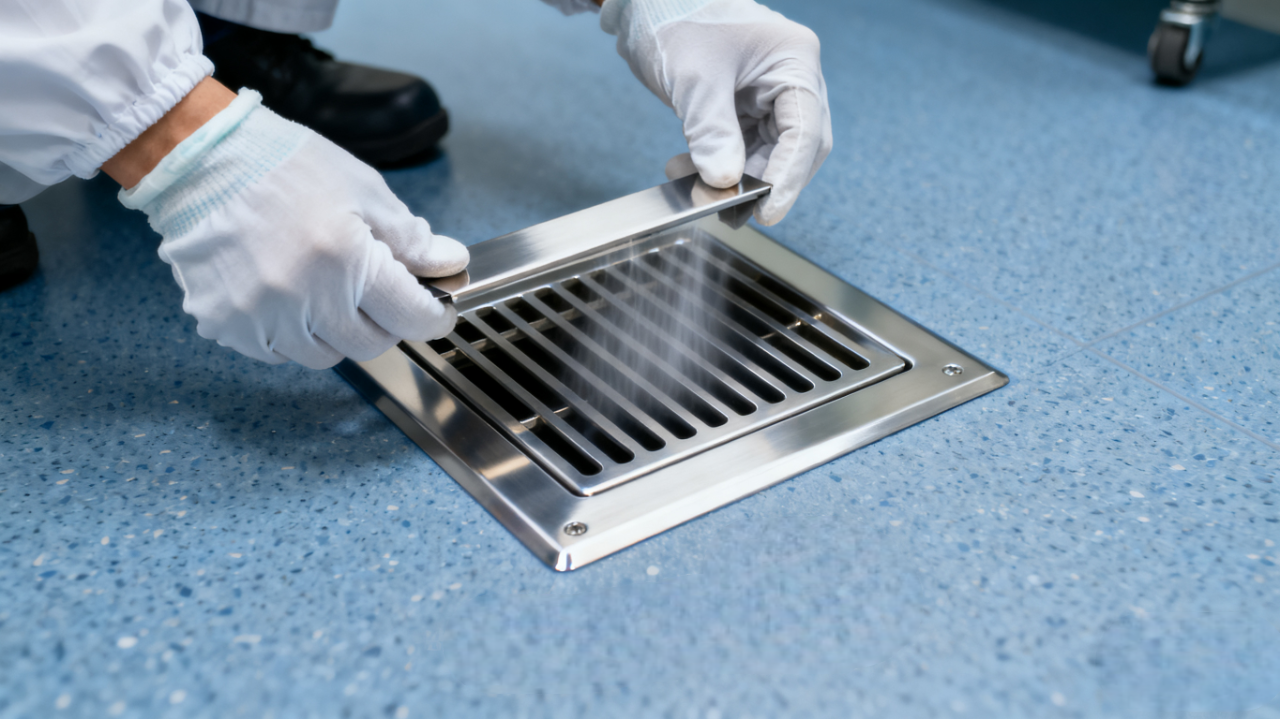 How to Select the Right Floor Vent for Cleanrooms
How to Select the Right Floor Vent for Cleanrooms -
 How to Clean and Maintain AC Registers for Peak HVAC Performance
How to Clean and Maintain AC Registers for Peak HVAC Performance

Guangzhou Yizhong Aluminum Industry Co., Ltd.
We are always providing our customers with reliable products and considerate services.
We are always providing our customers with reliable products and considerate services.


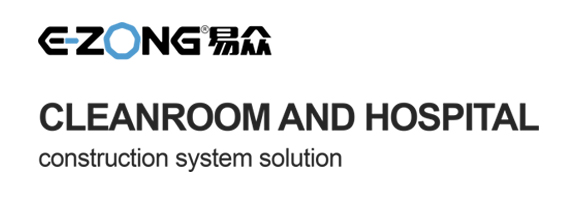
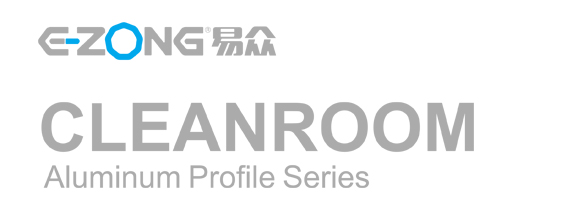
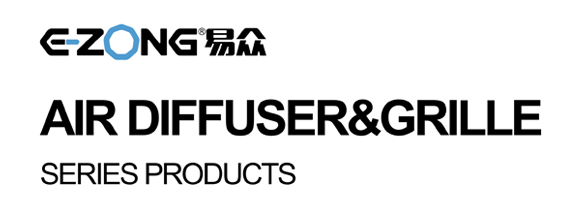





Speak Your Mind